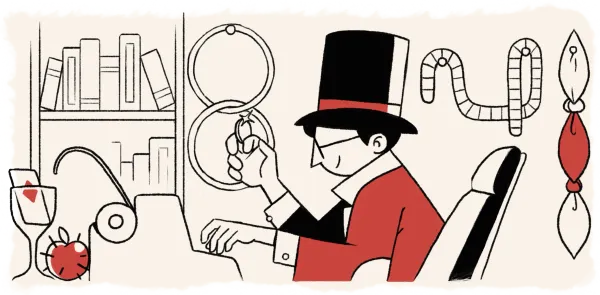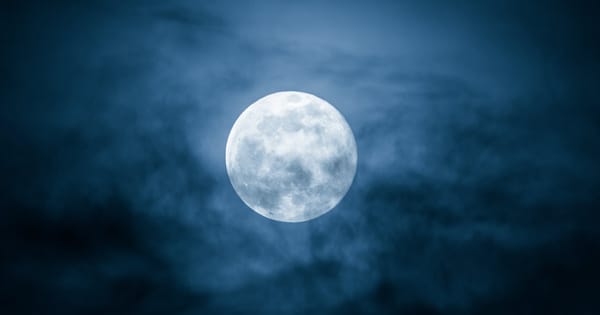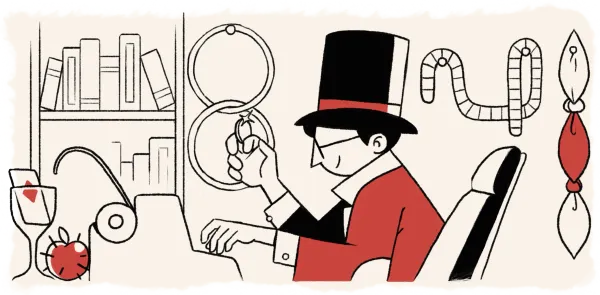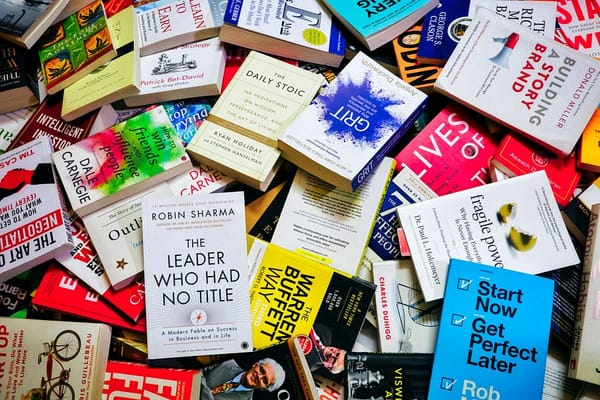How to Enhance Magic Tricks with Your Eyes: Revealed
Gaia shares some valuable psychology insights and an easy way to make your magic better.

Sometimes, you perform an incredible magic trick, and the reaction from the spectators isn't as big as you hoped. You might perform the same trick as another magician and believe you're performing it exactly the same way, but it elicits totally different levels of reactions.
The point is, sometimes, the trick alone isn't enough. You may need an atmosphere that enhances the magic effect and fosters a strong connection with your spectators. The more connected your audience feels to you, the more they remember the experienced and remember it fondly. And one element that can be beneficial in achieving this is the psychology of eye contact.
Why eye contact? Eye contact has a profound impact on human emotions. It triggers a release of oxytocin, the bonding hormone, and fosters a sense of connection and empathy. By engaging spectators on an emotional level, magicians can intensify the impact of their illusions, leaving a lasting impression and a sense of shared experience.
So why not take a moment to set aside the deck of cards and learn a new way to enhance your magic, transforming your tricks into miracles?
Six curiosities on eye contact from psychology
- The best form of eye contact is not continuous but somewhat intermittent: moments of eye contact should alternate with moments of looking away. The average preferred duration of eye contact is three seconds (and no more than nine seconds).
- We get an idea about their personality based on how much people meet our eyes or look away when we talk to them. Indeed, studies demonstrate how, in job interviews, the way the interviewer's eyes meet those of the applicant ascribes a specific character to the latter and, therefore, can determine hiring or rejection.
- Eye contact catches and holds our attention, making us less aware of what is happening around us. You've undoubtedly had the experience of connecting through a gaze with someone across a noisy room: the world fades away, and you share a momentary connection.
- Locking eyes with someone triggers a cascade of brain activities, signalling that we are engaging with another person actively looking at us. This realization heightens our awareness that the other person possesses thoughts, intentions, and a unique perspective. Interestingly, studies reveal that this effect occurs even when we look at a portrait that seems to be making eye contact, demonstrating the powerful impact of this phenomenon.
- When someone looks directly at us, it interrupts our ability to remember and use information, imagine things, and control our thoughts by filtering out irrelevant details. You might have personally experienced these effects when you looked away from someone to concentrate better on your thoughts or words, even if you weren't consciously aware of it.
- In Western cultures, people who make effective eye contact are perceived by us as more intelligent, conscientious and sincere, and we are more likely to believe what they say.
How to use eye contact to enhance your magic
How can we use all these elements to improve our magic performances? Here are two toolkits from psychology that can help you make the most of eye contact in magic.
1: A toolkit for close-up magic
In these situations, where you interact with individuals one to one, some precautions need to be taken.
Avoid fixating directly on the eyes. When interacting with a person, there's an unconscious tendency to shift your gaze from one eye to the other, which the listener interprets as the speaker's insecurity. A piece of advice is to look right between the person's eyes. People perceive that you look into their eyes confidently, and they feel more engaged.
The gaze should not be fixed but in motion. Try looking between the spectator's eyes for four seconds, then shift your eyes to an object or another person, and finally return to the initial position. This prevents the gaze from becoming intrusive to the spectator while remaining engaging.
The duration of eye contact is brief but should exceed a threshold below which the connection with the interlocutor is broken. As we mentioned earlier, four seconds is optimal.
If you are performing for two or more spectators, you must allocate the appropriate number of glances to each one to keep them engaged. The following section explains a technique to achieve this.
Finally, when shifting your gaze, do so slowly, without abrupt movements, accompanying your eyes with appropriate gestures that further highlight your words and connection with the spectator.
Although it may sound a bit silly, my advice for practising all of these suggestions is to rehearse them with puppets: by making eye contact with them, you can practice using your gaze as if puppets were your spectators at your close-up venue. Place puppets in front of you and perform a trick you like focusing on implementing just one piece of advice at a time. Once they become automatic, you can rehearse them with friends. Perhaps you can film the performance and review the footage to see if you applied each suggestion, only focusing on the movement of your eyes.
2: A toolkit for a broader audience
For an audience where there can't be a personal connection with individual spectators, relying solely on the magician's eyes may not be perceived at a great distance. If you have ever been to a theatre or a concert, you may have noticed that the farther you are seated from the performer, the less visible their eyes or even their face becomes.
Consequently, one suggestion to make eye contact with your audience is that your entire head and torso should be in motion and face the specific section of the audience you are engaging with. Your eyes wouldn't be enough.
A helpful tip would be to film your performance from various angles and depths within the auditorium to assess if you, as a spectator, would feel involved from every spot in the audience.
But how do you address the entire audience without overlooking any section? This is where the Post-it technique (pretty cool name, I know) comes into play. It works this way: you should take six Post-it notes and number them from one to six. Then, affix them to a wall: three above and three below, adequately spaced apart. These represent the six sectors into which you have divided the imaginary audience in front of you. Now, perform a magic trick you are familiar with while looking at the Post-it notes following their numbering. Next, rearrange the order and repeat the trick while focusing on the Post-it notes according to the new total. Gradually increase the number of post-it notes on the wall to create more audience sectors.
Following a numbering system will help you ensure that you do not overlook any section of the audience, and having the post-it notes distributed in random order guarantees that your movements are not linear and boring for the spectators. These two features ensure that everyone feels included in your performance.
This technique can be applied to stage, close-up magic, or any other venue. You can envision the Post-it notes representing individual people or sections of an audience.
Feel inspired!
Now it's your turn! You have new tools; strive to internalize them until they become second nature. If you're here, it's because you love magic, and I believe there's nothing more beautiful than performing a magic effect, creating a bridge with the spectator, and sharing a message. To do that, rehearsing is essential. Practice, embrace the journey and let eye contact truly enhance your magic.




